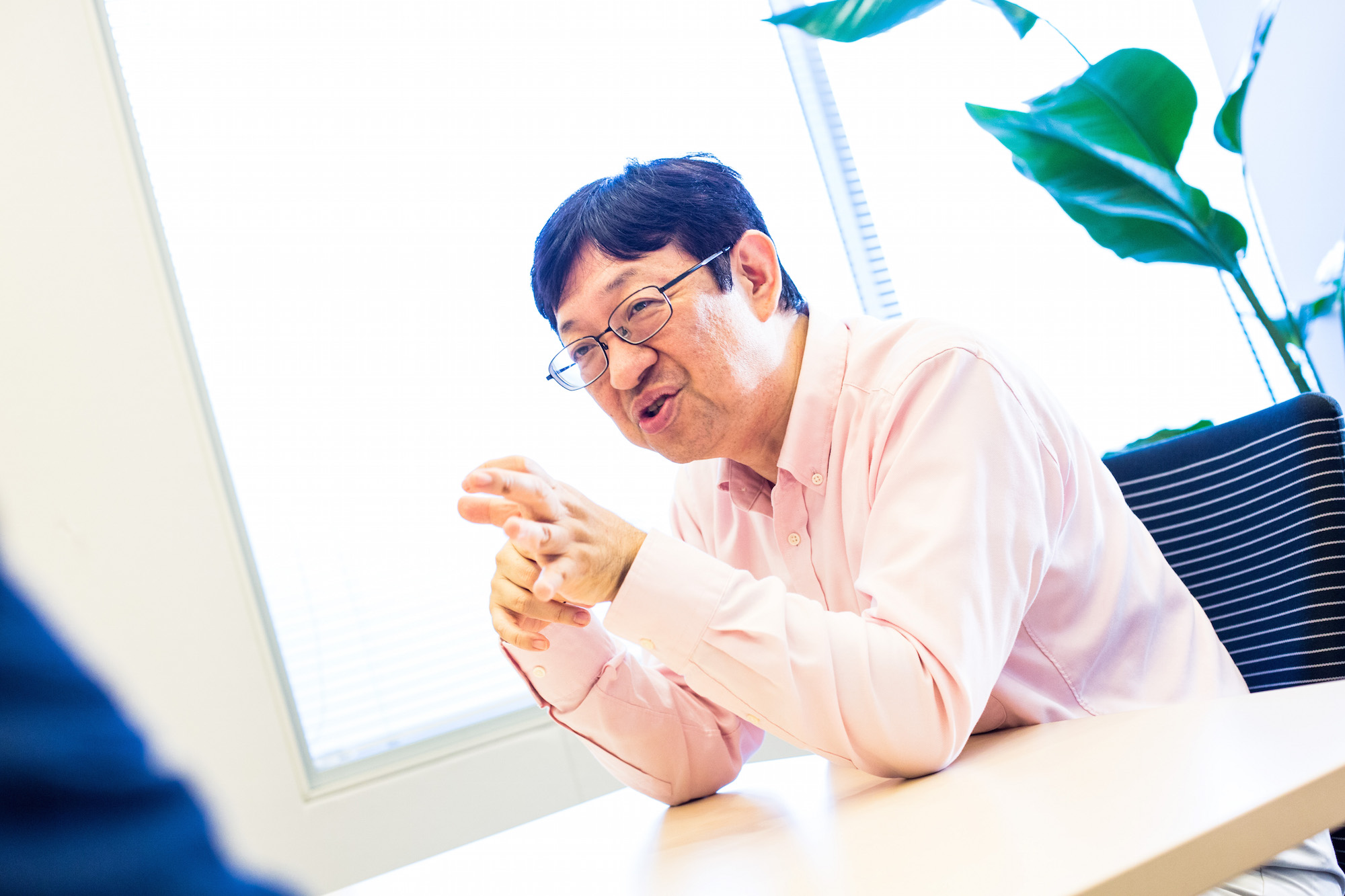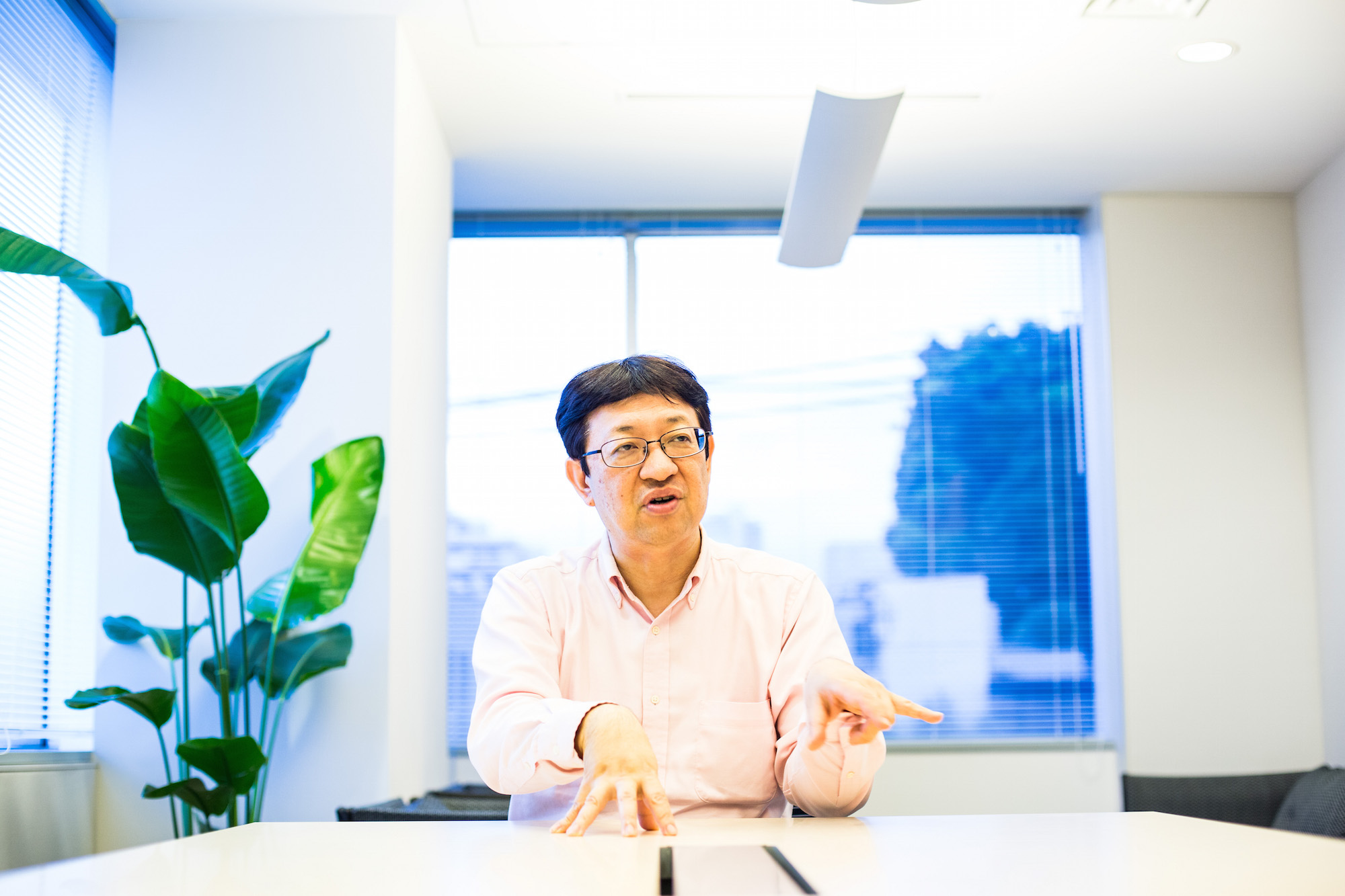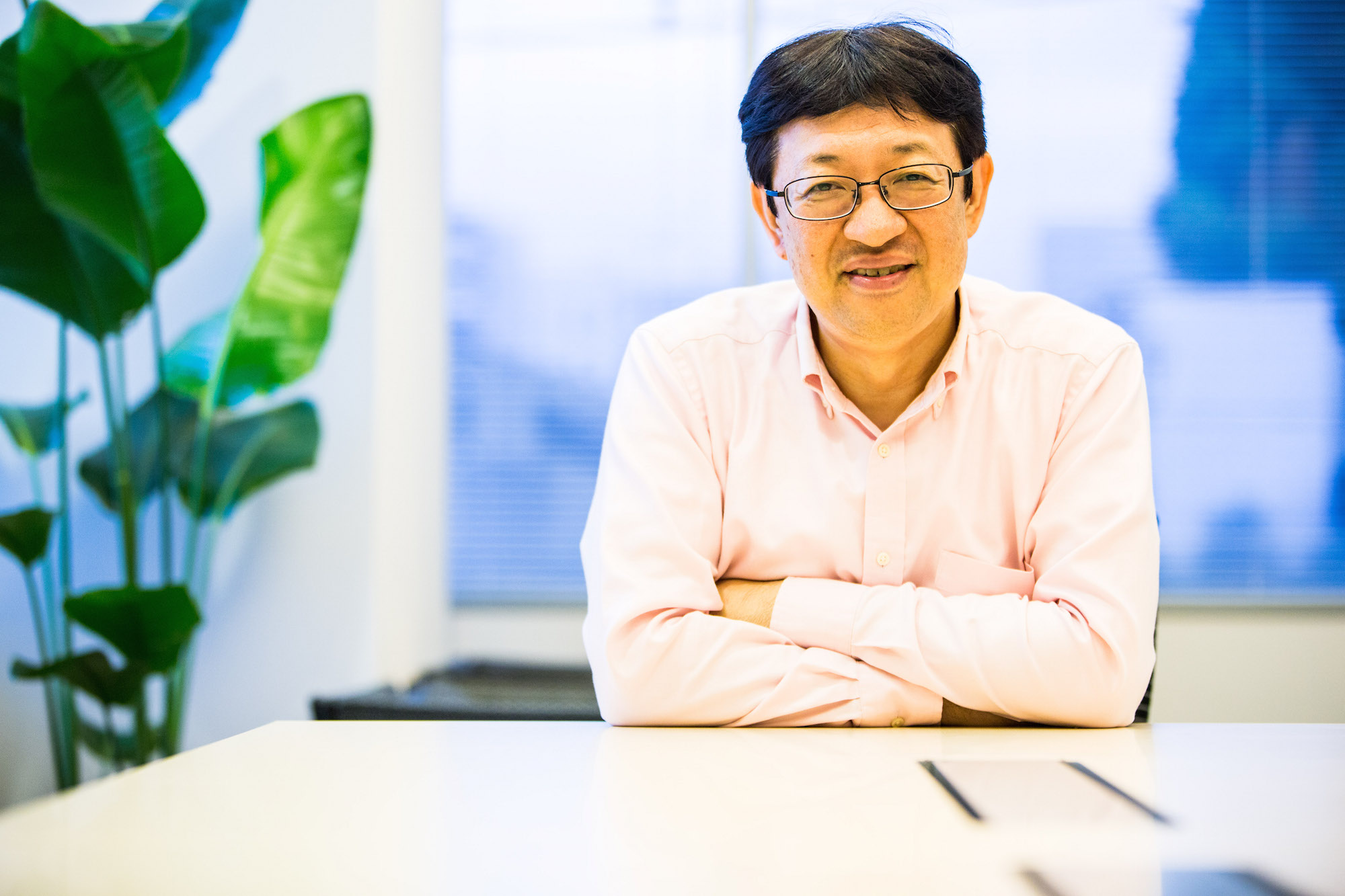Thoughts on AI education strategy, the future of jobs, and the redefinition of creativity from an authority on artificial intelligence
Speaker Interview: Hiroaki Kitano
Thoughts on AI education strategy, the future of jobs, and the redefinition of creativity from an authority on artificial intelligence
Introduction
Hiroaki Kitano will be speaking at the “Leading-edge Technology Session” on the first day of Innovative City Forum 2016 and “Future Tokyo Session: Tokyo 2035” on the second day. He spoke with us about important issues in the societal shifts that artificial intelligence will create.

The impact of AI on cities
I believe we will see artificial intelligence used in an increasing variety of ways. Out on the streets, the most visible application is autonomous cars. That said, it’s not likely that we’ll suddenly see driverless cars filling the streets from Roppongi to Toranomon. I think we will begin to see them introduced in a limited, controlled manner at first—perhaps in the Odaiba and Olympic Village areas being developed for the Olympic Games, or perhaps on highways.
Distribution systems also have similarities to autonomous car technology. I think we will see systems that move things—not people—automatically. In addition, we will see more applications that make their way into our everyday lives. In the US, they already have things like Amazon’s Echo. You can talk to it, and it will order things for you. Voice interaction systems are another application of artificial intelligence. In the US, large numbers of robots are at work in Amazon’s warehouses. Distribution systems centered on robots and ending with drones making deliveries—driven by robots and AI end to end—are currently being considered. In a case like this, however, the user may not even get the impression that they are dealing with an AI system. The AI systems work largely in the background, and as they grow more advanced the AI will cease to be noticeable.
The key issue in creating Future Tokyo
With the general declining trend of Japan’s population, the direction and vision for how to use AI systems and robots to boost productivity, maintain the nation, and drive further development will become extremely important.
As the US does not share the problem of population decline, there is no need to focus on the same issues. Instead, there is greater importance placed on applications in business, productivity, medicine, and national defense. These needs are present in Japan as well, of course, but the fact that Japan is the first country in the world to face rapid population decline as well as a dramatically aging population makes the Japanese agenda unique. It’s unique to Japan now, but China and countries in Southeast Asia will someday need to face these same issues. As population decline is unavoidable, solutions created in Japan may be useful in other countries as well.

Artificial intelligence and the future of jobs
If we return to the example of self-driving cars, in the long term they are likely to lead to a dramatic decrease in work for drivers. The only question is whether it’s a sudden change or a change over time that can be absorbed. Let’s say 100 jobs disappear. The impact is very different if that happens in a year, or over 10 years, or over 20 years. If far fewer drivers will be necessary 20 years from now, that change could probably be absorbed.
But most jobs will probably continue to be done by people. I don’t get the feeling that we will see such a drastic disappearance.
Doctors won’t disappear, either. But there will be AI-based diagnostic support systems, and when they get to a point where they perform extremely well, people will begin to care which new AI system a hospital has, and whether the doctors there understand how to use it correctly. And you might see a ranking of top hospitals that can make the best use of their AI systems. But you will always have exceptions and corner cases, and if the AI systems are unable to deal with them it’s going to be a problem. As long as the humans in those jobs have the ability to handle those exceptions their jobs are safe, but if not, I’m not sure what will happen. That said, even exceptions are documented and reported somewhere, so AI systems will likely be very effective in those situations as well. Collaboration between humans and AI will be key.
For example, chess programs are already significantly better than human players. Even chess programs on a normal PC are unbeatable for most people. But that doesn’t mean nobody plays chess anymore—instead you have a new game called Advanced Chess, where an AI system and a human player team up to play. This combination of human and AI is currently the most powerful form of intelligence, more formidable than an AI system alone, or a human player alone. At the moment, humans are better at the strategy portion, so it seems that the best approach is for the human player to handle strategy, and for the AI system to handle the rest.
I think we’ll see more areas where AI can replace humans, but for the moment, humans will still do a lot. But I think we’ll see that humans can’t remain competitive unless they also have AI systems that they can use as tools to expand their intellectual abilities.
What issues do we face as AI spreads in society?
The key is to avoid unrealistic expectations and make use of AI where it’s useful. As long as we do that, I don’t think there will be many issues. On the other hand, you can’t tell an AI system that you’re not sure what to do, and expect it to give you an answer. Artificial intelligence can’t solve problems like that. If the person using the AI doesn’t know what they want to do, nothing can be done.
In the larger relationship between humans and artificial intelligence, it’s extremely important for humans to frame the problem. It’s the human’s role to frame the problem and pose the question. There are many ways to do this—one can present a problem to be solved, or cause problems through mayhem. After all, it’s humans and not AI that cause problems.
AI will change the definition of creativity
I think we will see many artistic applications emerge. Among the research we’re doing in Paris, we have things like composing music with AI and playing sessions together. With this Flow Machines project, we first extract a style. For example, it can play in the style of Dizzy Gillespie, or in the style of John Coltrane. To do that, we first let it listen to Coltrane’s music. The AI extracts the style from the music, and applies Coltrane’s style to new music. That alone isn’t enough for a band, so to build an all-AI band you could have a Coltrane-style tenor sax and apply a Miles Davis style to another part to create a Coltrane/Miles Davis session. Well, to be precise, it’s a Coltrane-style and Miles Davis-style performance. Recently, the project has also been composing new songs in the style of the Beatles using AI.
(http://www.flow-machines.com/ai-makes-pop-music/)
With new possibilities like these, we begin to see what creativity really is. I think we’ll start to see the use of artificial intelligence in creating not just music, but paintings and other things.
To put it another way, artificial intelligence can create various things that people have never thought of, or things that people imagine, but are unable to create on their own. I think we’ll start to see AI make more inroads into art than anyone expects.

Hiroaki Kitano
President and CEO, Sony Computer Science Laboratories, Inc.
KITANO is President and CEO of Sony Computer Science Laboratories, Inc., President of The Systems Biology Institute, Professor at Okinawa Institute of Science and Technology Graduate University, and Director of Laboratory for Disease Systems Modeling, RIKEN Center for Integrative Medical Sciences, Kanagawa. Corporate Executive, Sony Corporation.

